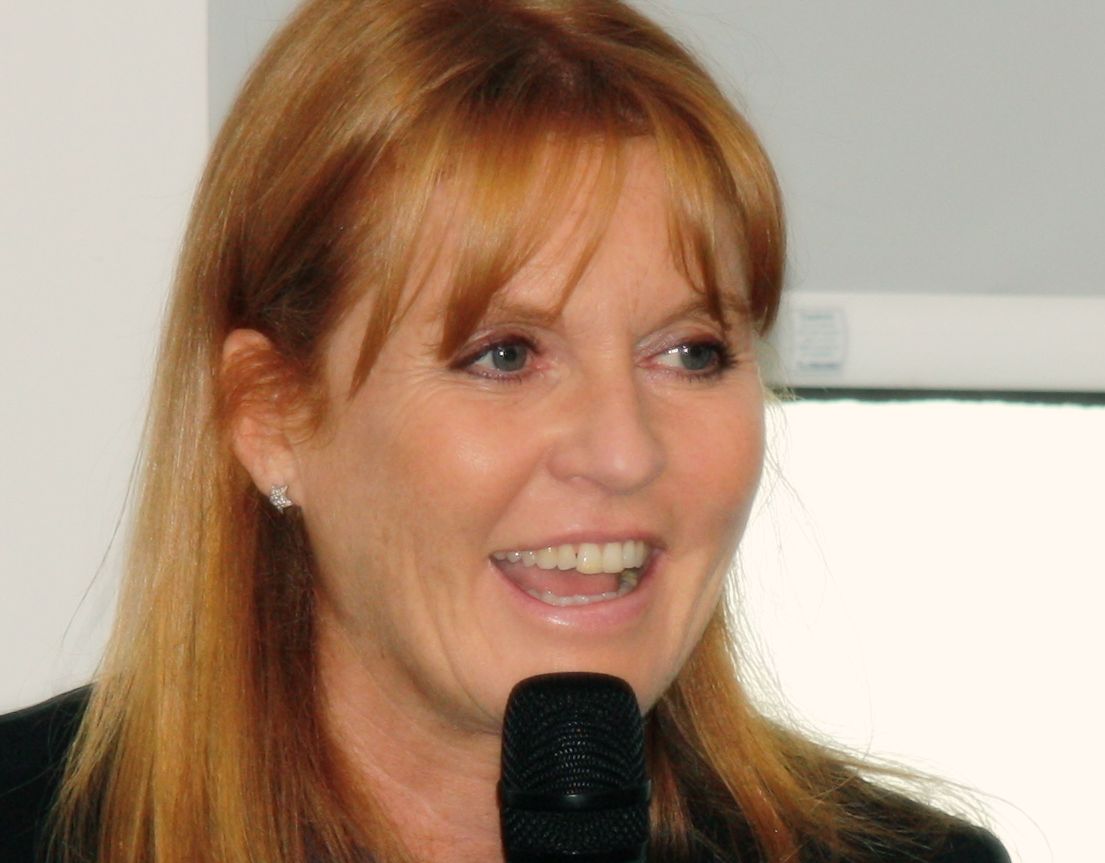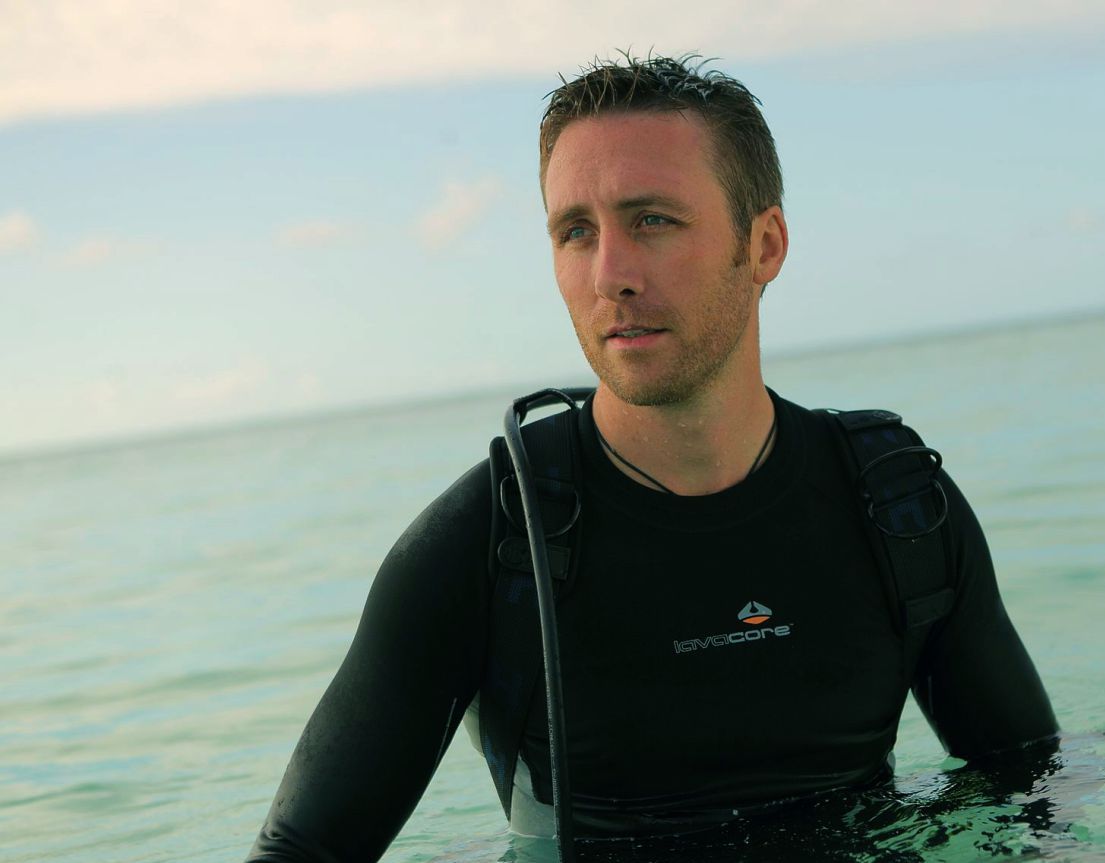UN Montreal Millenium Summit: Laudable Goals, Confusing Numbers
by Evelyn Reid
Originally published on About.com April 24, 2010
Sitting in on the fourth edition of an event serving as a yearly check-in to see how the United Nation’s 8 Millennium Goals are coming along, I spent last Thursday listening to what Montreal Millennium Summit speakers had to say about poverty and climate change at the Palais des Congrès in Montreal, taking in appearances by Duchess of York Sarah Ferguson, Jacques Cousteau’s grandson Philippe Jr., Sex and the City‘s Kristin Davis, and former American vice-president Al Gore.
And in all honesty, the experience left me more confused about international aid than before I had attended the Summit.

Al Gore, former Vice President of the United States, at the World Economic Forum meeting on January 30, 2009 in Davos, Switzerland. Photo by Monikia Flueckiger courtesy of Flickr user World Economic Forum (CC BY-NC-SA 2.0).
According to UN statistics as presented at the conference, extreme poverty worldwide is halved from what it was in 1981, an alleged testament to foreign aid success and the possibility that the UN’s eight development goals can be achieved by target year 2015.
What wasn’t mentioned quite so clearly was that those numbers are from 2005, years before the global financial crisis took hold. It’s arguably safe to assume that the 1.4 billion cited as living on less than $1.25 U.S. a day is a statistical understatement in today’s economic climate.

Left: economist and former World Bank consultant Dambisa Moyo.
Photo courtesy of Dambisa Moyo (CC BY-SA 2.0)
Furthermore, not everyone agrees that earning a daily income above $1.25 a day actually relieves oneself of the horrors of extreme poverty.
According to economist and former World Bank consultant Dambisa Moyo, author of the controversial anti-aid book Dead Aid, extreme poverty is allegedly more prevalent today than it was in 1981, at least in Africa. Moyo claims only 10% of Africans were “living in dire economic consequences” in the ’70s whereas today, over 70% live on $2 or less a day.
Granted, Moyo is only talking about Africa whereas UN’s 1.4 billion represents extreme poverty worldwide. But what stands out is their differing definitions of extreme poverty.
Why did Moyo, who was born and raised in Zambia, choose $2/day as her extreme poverty marker instead of the World Bank’s $1.25/day? Is she saying that living on $2/day, which by the World Bank’s definition removes oneself from the category of extreme poverty, still equals a life of destitution, powerlessness and zero social mobility? Is the United Nations, and by extension the World Bank, playing with the numbers to make it look like a milestone has been reached when extreme poverty is actually worsening? Is Moyo manipulating figures to support her case against foreign aid? Do we have a case of a-bit-of-Column-A-and-a-bit-of-Column-B?
Or is it none of the above?
Climate change advocate Al Gore’s presence at the 2010 edition of the Summit only added to the question marks.

Left: Alberta tar sands.
Photo by Flickr user Howl Arts Collective (CC BY 2.0)
Then, climate change advocate Al Gore’s presence at the 2010 edition of the Summit only added to the question marks. In his speech, he cited overpopulation as one of two causes of climate change, which Gore claimed could be mitigated by addressing Millennium Goals: reduce poverty, increase education, promote gender equality, and decreased birth rates will follow.
The other cause of climate change as per Gore is technology which produces carbon dioxide emissions, which leads to a question mark that arguably raised as many eyebrows as it did resigned shoulder shrugs. As per Journal de Montréal’s Mathieu Turbide, Investors Group, a major Montreal Millennium Summit sponsor, is a member of Power Corporation, a company indirectly involved with Alberta’s tar sands, Canada’s fastest growing source of greenhouse gas emissions. Unfortunately, Gore could not be reached for comment by any press members (including myself) as he was ushered away from the Summit post-speech to reportedly catch a flight.

Left: World Bank headquarters in Washington, D.C.
Photo by Bruno Sanchez-Andrade Nuño (CC BY 2.0)
Then there’s the complex issue of whether foreign aid is effective at all. Some claim that, for the most part, international aid doesn’t work. Others say aid works sometimes. Millennium Summit speaker Hugh Evans admits onstage that, “some people say to you that aid is part of the problem. And actually, I’ve got to say that sometimes they’re right.”
The charismatic humanitarian behind the Global Poverty Project insists that listening to what a community says it needs and then assisting said group in bringing a project to fruition instead of imposing aid in a form one deems appropriate without consultation is key.
For example, teaching a nomadic pastoral tribe whose animals died of famine to move to the seaside and rely on fish instead of livestock they have coexisted with for generations fits in the classic what-not-to-do category.

Left: Global Poverty Project founder Hugh Evans.
Photo by Flickr user Ywyw (CC BY-SA 3.0)
But how are we supposed to know who is providing aid the “right” way? Who is the watchdog ensuring the world of foreign aid doesn’t fall prey to the faulty practices and corruption Evans cites as major barriers to ending extreme poverty? Which organizations should the average Canadian believe and support? And most of all, what can we realistically do as a collective to make these Millennium Goals achievable by 2015?
UN Montreal Millenium Summit:
Laudable Goals, Confusing Numbers
by Evelyn Reid
Originally published on About.com April 24, 2010
Sitting in on the fourth edition of an event serving as a yearly check-in to see how the United Nation’s 8 Millennium Goals are coming along, I spent last Thursday listening to what Montreal Millennium Summit speakers had to say about poverty and climate change at the Palais des Congrès in Montreal, taking in appearances by Duchess of York Sarah Ferguson, Jacques Cousteau’s grandson Philippe Jr., Sex and the City‘s Kristin Davis, and former American vice-president Al Gore.
And in all honesty, the experience left me more confused about international aid than before I had attended the Summit.

Above: Al Gore, former Vice President of the United States, at the World Economic Forum meeting on January 30, 2009 in Davos, Switzerland. Photo by Monikia Flueckiger courtesy of Flickr user World Economic Forum (CC BY-NC-SA 2.0).
Goal 1: Eradicate Extreme Hunger and Poverty
Goal 2: Achieve Universal Primary Education
Goal 3: Promote Gender Equality and Empower Women
Goal 4: Reduce Child Mortality
Goal 5: Improve Maternal Health
Goal 6: Combat HIV/AIDS, Malaria and Other Diseases
Goal 7: Ensure Environmental Sustainability
Goal 8: Develop a Global Partnership for Development
According to UN statistics as presented at the conference, extreme poverty worldwide is halved from what it was in 1981, an alleged testament to foreign aid success and the possibility that the UN’s eight development goals can be achieved by target year 2015.
What wasn’t mentioned quite so clearly was that those numbers are from 2005, years before the global financial crisis took hold. It’s arguably safe to assume that the 1.4 billion cited as living on less than $1.25 U.S. a day is a statistical understatement in today’s economic climate.

Above: economist and former World Bank consultant Dambisa Moyo (photo courtesy of Dambisa Moyo (CC BY-SA 2.0).
Furthermore, not everyone agrees that earning a daily income above $1.25 a day actually relieves oneself of the horrors of extreme poverty.
According to economist and former World Bank consultant Dambisa Moyo, author of the controversial anti-aid book Dead Aid, extreme poverty is allegedly more prevalent today than it was in 1981, at least in Africa. Moyo claims only 10% of Africans were “living in dire economic consequences” in the ’70s whereas today, over 70% live on $2 or less a day.
Granted, Moyo is only talking about Africa whereas UN’s 1.4 billion represents extreme poverty worldwide. But what stands out is their differing definitions of extreme poverty.
Why did Moyo, who was born and raised in Zambia, choose $2/day as her extreme poverty marker instead of the World Bank’s $1.25/day? Is she saying that living on $2/day, which by the World Bank’s definition removes oneself from the category of extreme poverty, still equals a life of destitution, powerlessness and zero social mobility? Is the United Nations, and by extension the World Bank, playing with the numbers to make it look like a milestone has been reached when extreme poverty is actually worsening? Is Moyo manipulating figures to support her case against foreign aid? Do we have a case of a-bit-of-Column-A-and-a-bit-of-Column-B?
Or is it none of the above?

Above: Alberta tar sands (photo by Flickr user Howl Arts Collective (CC BY 2.0)).
Then, climate change advocate Al Gore’s presence at the 2010 edition of the Summit only added to the question marks. In his speech, he cited overpopulation as one of two causes of climate change, which Gore claimed could be mitigated by addressing Millennium Goals: reduce poverty, increase education, promote gender equality, and decreased birth rates will follow.
The other cause of climate change as per Gore is technology which produces carbon dioxide emissions, which leads to a question mark that arguably raised as many eyebrows as it did resigned shoulder shrugs. As per Journal de Montréal’s Mathieu Turbide, Investors Group, a major Montreal Millennium Summit sponsor, is a member of Power Corporation, a company indirectly involved with Alberta’s tar sands, Canada’s fastest growing source of greenhouse gas emissions. Unfortunately, Gore could not be reached for comment by any press members (including myself) as he was ushered away from the Summit post-speech to reportedly catch a flight.

Left: World Bank headquarters in Washington, D.C. (photo by Bruno Sanchez-Andrade Nuño (CC BY 2.0)).
Then there’s the unbelievably complex issue of foreign aid’s effectiveness in the first place. Some claim that for the most part, international aid doesn’t work. Others say aid works sometimes. Millennium Summit speaker Hugh Evans admitted onstage that, “some people say to you that aid is part of the problem. And actually, I’ve got to say that sometimes they’re right.”
The charismatic humanitarian behind the Global Poverty Project then presented examples of effective aid spelling out that listening to what a community says it needs and then assisting the group in bringing a project to fruition instead of just throwing aid in their direction in a form that one thinks they need, are key.
Teaching a nomadic pastoral tribe whose animals died of famine to move to the seaside and rely on fish instead of livestock they have coexisted with for generations fits in the classic what-not-to-do category.

Left: Global Poverty Project founder Hugh Evans (photo by Flickr user Ywyw (CC BY-SA 3.0)).
But how are we supposed to know who is providing aid the “right” way? Who is the watchdog ensuring the world of foreign aid doesn’t fall prey to the faulty practices and corruption Evans cites as major barriers to ending extreme poverty? Which organizations should the average Canadian believe and support? And most of all, what can we realistically do as a collective to make these Millennium Goals achievable by 2015?






